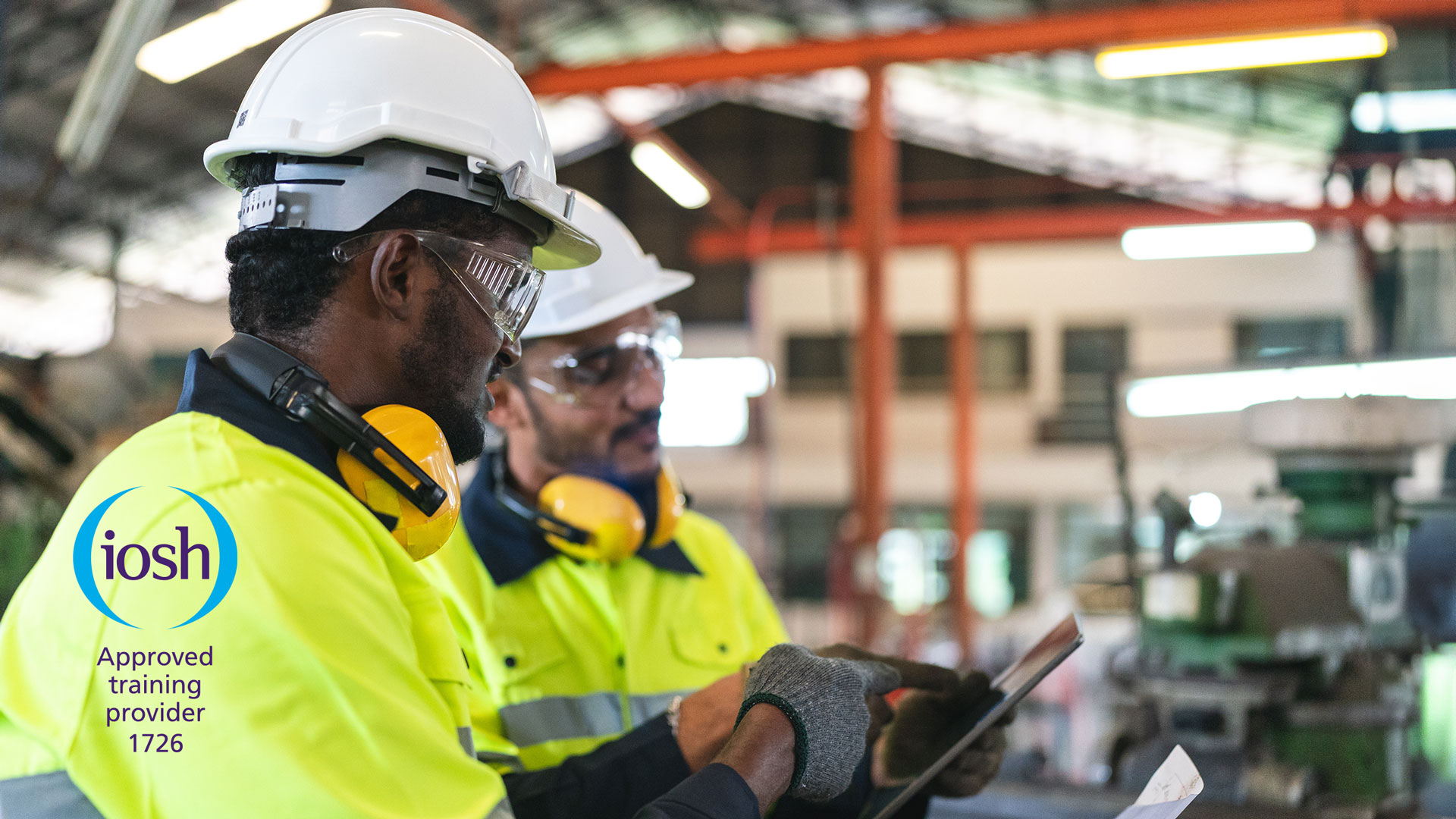The HSE has issued guidance on the benefits of health monitoring where there are risks of musculoskeletal disorders (MSDs) in the workplace.
MSDs include injuries and conditions that can affect the back, joints and limbs. They can be caused or made worse by work. The term covers injuries such as a sprained ligament or torn muscles, damage to the spine or disorder of the joints or other tissues in the upper/lower limbs or the back.
Health monitoring collects early reports of any symptoms workers may have. By law, you do not have to do health monitoring, but it is often useful to collect this information so that you are aware of any health issues your workers have and to monitor trends.
It can be helpful when you introduce a new task or change an existing process. It also helps to check any controls you put in place are preventing problems starting or getting worse.
If you decide to undertake health monitoring, the HSE advises you should:
- Consult workers so they understand the benefits, how it will be done and what they have to do.
- Plan how you are going to monitor and how often.
- Encourage workers to report musculoskeletal symptoms as early as possible to allow action to stop them getting worse.
- Set up a simple reporting method so the information goes to the person who will take action.
- Consider using a body map to help individuals or groups pinpoint where their symptoms are.
- Review sickness absence records/fit notes and any occupational health advice.
- Review the entries in your accident book and your RIDDOR reports.
- Investigate any clusters of problems or changes in reporting rates you find.
- Ask workers if their work caused the problem or makes it worse and to identify those tasks.
- Encourage workers to think about solutions to the problems they report.
For smaller workforces, a simple discussion (such as a toolbox talk) may help identify any issues.
Reviewing and interpreting the results
The results of your health monitoring can help you look at whether your risk management system for MSDs is working. You may identify susceptible people. You may need to take occupational health advice on how to restrict or modify their work. The HSE advises to look for patterns of MSDs among groups of workers or with certain tasks and review your risk assessments.
Consider if:
- The actions you have taken have been effective;
- Risks have been reduced to as low as reasonably practicable; or
- Your findings suggest you need new control measures.
Support workers with MSDs in your workforce
According to the HSE, people with MSDs usually recover completely if the problem is spotted early and treated appropriately. But there is an increased risk of their problem coming back, even if the symptoms have gone. As well as health monitoring, there are other things you can do to manage these conditions:
-
Manage sickness absence and return to work, for example by making adjustments to the way they work. If the person has been off work, they may be able to return before all their symptoms have completely cleared up, as long as this is not against medical advice.
-
Occupational health providers can support your workers and help you manage musculoskeletal disorders. They can:
- Assess symptoms and may diagnose a specific condition;
- Ask about work tasks to try and identify anything contributing to the problem;
- Provide fitness-to-work advice, including any restrictions needed;
- Provide treatment recommendations, such as physiotherapy;
- Visit the workplace to provide further advice; and
- Help to review risk assessments and workplace controls.
The HSE says you should consider each person on a case-by-case basis. It may be necessary to change a worker's duties if a task is causing an MSD or making it worse. They may need to stop doing some tasks temporarily to help them recover. Sometimes they may not be able to return to a particular task.
You may also be interested in
RELATED CONTENT
RELATED COURSES

Introduction to health and safety gives learners a basic introduction to managing safety in their workplace.

The world’s best-known health and safety certificate, designed for managers and supervisors in any sector or organisation.

IOSH Working Safely is a one-day introductory health and safety training course for people at any level, in any sector.

IOSH Managing Safely Refresher is designed to provide continued support to managers dealing with workplace health and safety issues.

Health and safety at work is a serious business; getting it wrong could end up costing someone their life. It stands to reason that there should be so...

The legal term ‘reasonably practicable’ plays a crucial role in determining the level of care and precautions required in different areas of law, such...

Vicarious liability can be a formidable challenge for employers, causing responsibility to extend beyond the individual and creating shared accountabi...

Although we are edging closer to spring, many of us are still being affected by wintery weather and the shorter daylight hours. So, what can you do to...